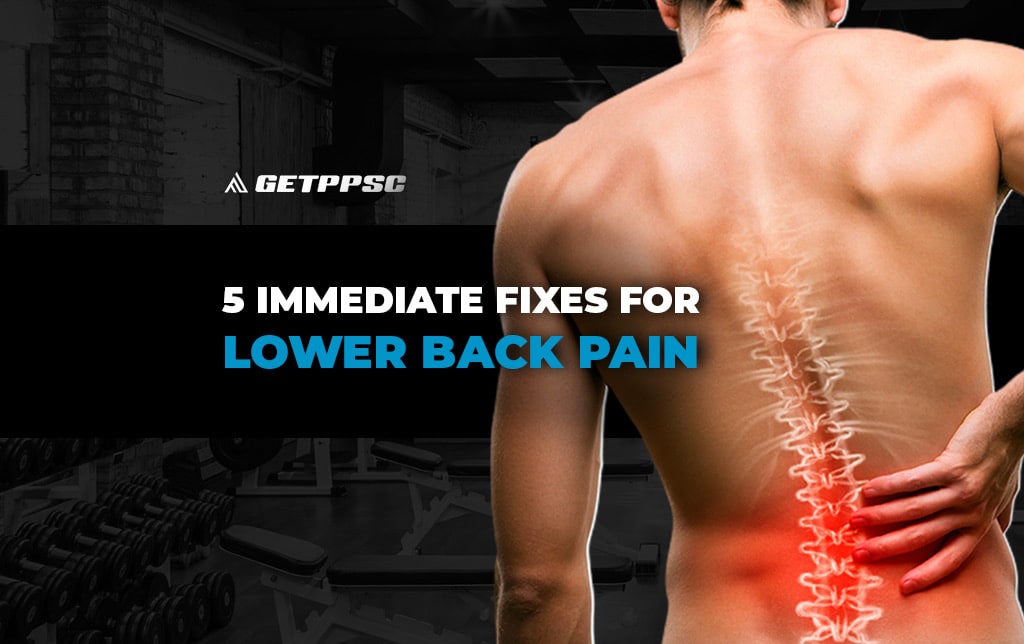Lower back pain is one of most common musculoskeletal injuries, period. It is estimated between 60%-80% of individuals will have some form of lower back pain at some point in their lives. That number is staggering. In an industry where we demand so much movement and celebrate grandiose feats of athleticism, it’s important to acknowledge the elephant in the room.
Most of us are in pain, RIGHT NOW.
To be clear, that doesn’t mean we are going to patty-cake our way through workouts of fluff exercises and routines that won’t result in long term changes. We are in the business of POSITIVE CHANGE. As the facilitators of this action, we need to hold onto a smarter approach to troubleshooting these issues.
I’ve dealt with lower-back pain for the majority of my life. I’m not going to sugar-coat any kind of way, it makes life more difficult. I can’t simply jump up and go for a 5-mile run like I used to when I was a teenager. I have to be much more deliberate with my actions as any wrong move could put me out of commission for the next week. In the business of training we understand that every week is critical for the consistency and long-term effects of the program.
Rather than trying to put a Band-Aid on a bullet hole, we need to acknowledge the Bullet Hole. That means understanding lower back pain and the etymology behind it. This will allow us more latitude in our training to become more proficient practitioners.
My goals quickly shifted when I was younger from packing on muscle mass to being able to pick up my grandchildren when I’m 80 years old. I don’t know about you, but I want to be an active participant in my life. No different in sports, I don’t want to be on the sideline watching as the games go on. To take the bull by the horns, you have to be willing to ride the bull.
ETYMOLOGY
Lumbar vertebrae are built different. We know the primary responsibility of the spine is the protect the spinal cord and as we developed from quadrupedal (walking on all four limbs) to bipedal animals (walking upright on our feet) there had to become some distinct adjustments to the vertebrate – particularly at the lumbar section.
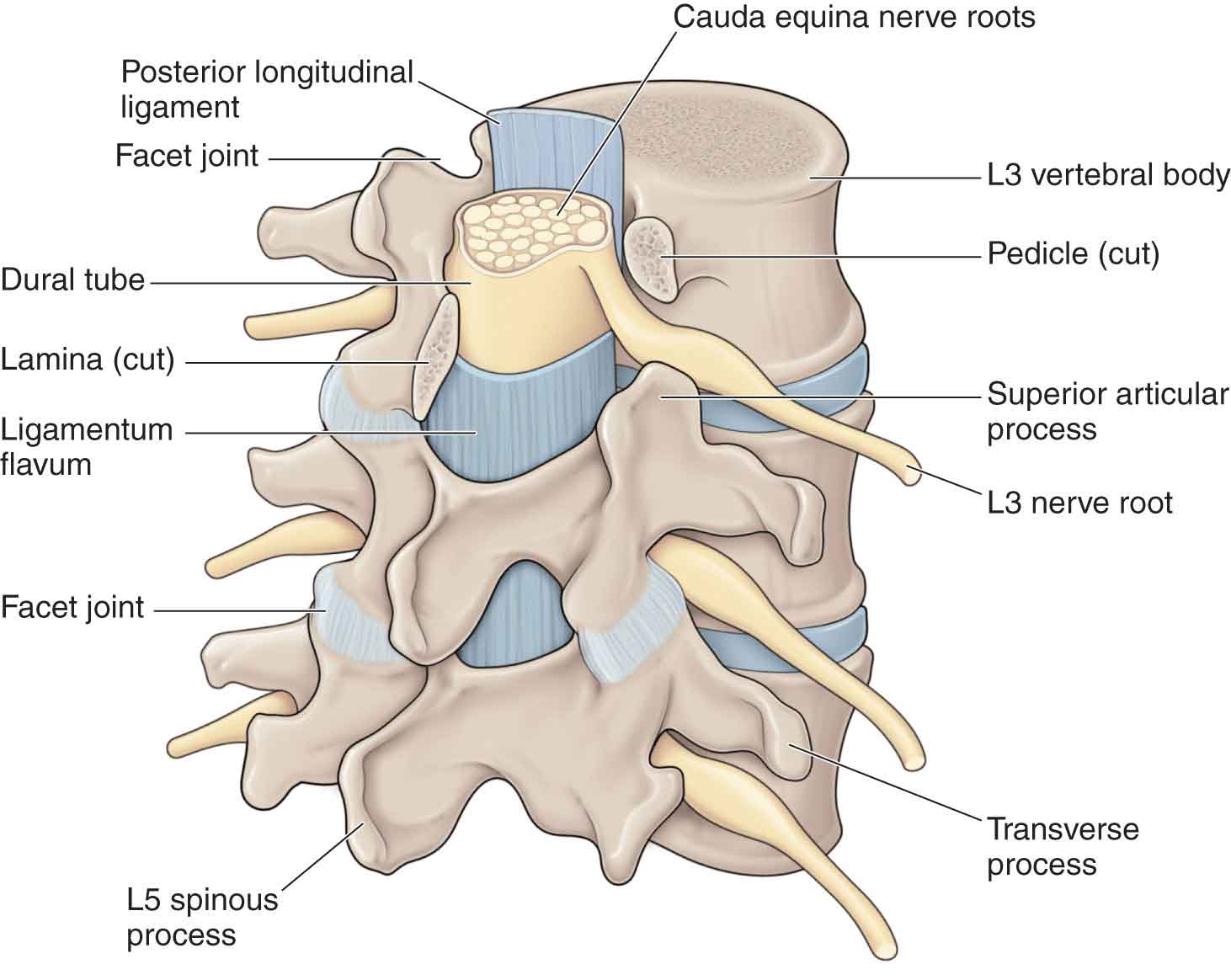
Figure courtesy of musculoskeletalkey.com
The Lumbar Vertebrae are the thickest because of their placement in the chain to support the weight and pressure above it. The thicker walls and more dense structure is to assist in managing high level compressive loads from forces above the lower back. Within each of these vertebrae, there are discs to additionally assist in managing pression and varying pressure from different angles. The disc itself consists of a nucleus which is a more gelatinous based portion in combination with the annulus which takes the responsibility as a ligament.
The vertebrae lastly consist on spinous processes and the posterior vertebral arch. Spinous processes are small boney edges reaching out from the vertebrae to to assist in articulation with the neighboring vertebrae. The posterior vertebral arch is structured to protect the spinal cord from the rear showing properties of protection, movement, and essential function.
NOW WHAT
There isn’t a magic pill that will fix or relieve lower back pain in one swift dose (by fixing the problem not the pain). Lets also be very clear, there are NUMEROUS reasons someone could have lower back pain so these are not the end all be all or any time of prescription on the only adjustments you can make. With that said, these are absolutely the lowest hanging fruit. In a world where we try to create the most complicated answer to rationalize why something is the way it is – more times than not the simple answer is the answer.
So lets discuss the 5 simple options that can immediately change your back pain issues.
WEIGHT LOSS
![]()
While there are a number of musculoskeletal situations that can cause varying numbers of lower back pain, there is one recurring situation that aggravates it more and more. Carrying extra, unnecessary weight, will only aggravate lower back pain over time.
I know that’s a hard pill to swallow but it’s the realistic option that a lot of people have at their disposal. We have to understand the chronic factors of carrying around extra weight and how it specifically affects the biomechanical set up of our system.
If you have ever gone hiking, you know just how aggravating it can be to carry around a backpack the entire trip. Shit, I go hiking all the time and I’m constantly adjusting one variable in my pattern. I switch my backpack between the front side of my body and the backside of my body. I shift the weight from side to side because it allows myself less pressure on the lower back so I’m not arching flaring the ribs as much as I normally would. Let’s face it, during a 6-mile hike with a 40 lb backpack dragging your shoulder complex backwards isn’t the best recipe for long-term lower back health. Now imagine that 40 lb backpack always on you constantly, all the time. That is one unnecessary weight can do to you from a joint perspective if it’s not taken care of.
If carrying around some extra weight isn’t what is adding extra stress throughout the day, I bet the next four options will help you troubleshoot and upgrade your lower back health.
INVESTIGATE NEIGHBORING JOINTS

The lower back has never been known for its expansive ability to move and flex. Through compensatory movement techniques, we put the lumbar spine in this position. A task that is sure to fail in due time.
Most people think of rotation when it comes to the back. We twist, turn, bend, extend, and move in so many directions our body simply has to make due with what is happening. But just because the body can accommodate it, doesn’t mean it’s promoting our long term health.
The lumbar spine for example has been seen to have 5-7 degrees of rotation at its disposal.
THAT’S IT?! What about my golf swing? Or tennis? I do cable chops all the time, I thought that was good for rotating my back?
The rotation we want to look for is in the neighborhood but not that location. With increasing back pain, we want to look at the neighboring joints to distinguish where we need to make more adjustments. It could be a lack of hip motion in specific tasks. Considering how mobile the hip is (and how important it is for overall movement) would be a key point to identify when it comes to leaving motion for the low back to pick up.
The thoracic spine for example sees around 45 degrees of rotation in each direction. A massive leap from the minimal rotational movement we see in the thoracic spine.
Our bodies do a great job of completing tasks. If you say, it will go. However, if we drill in poor movement patterning and request tasks the system can’t accommodate, you’re getting a bill each joint simply can’t pay up for.
And the lower back is going to get stuck paying the tab.
ADJUST YOUR SLEEP POSITION
The clients I’ve interacted with are always so focused on how they can be better in sessions.
Should I foam roll more?
Should I stretch more?
Should I get a massage?
Should I do cryotherapy?
What’s the best thing to do?
I have to bluntly explain, “The damage is being done when no one is watching” . What I mean by that is: our sleep patterns dictate a lot of the stress on our musculoskeletal system.
If you are sleeping in a tangled jumble every single night when you’re going to bed, there is no amount of soft tissue work during the day that will reverse that stress. We’re talking about doing six to eight hours every single night of static positions for the most part. We need to figure out long-term adjustments for yourself whether it’s sleeping with a lumbar pillow, learning to sleep on your back, or learning to properly sleep on your side with a pillow between your knees in order to alleviate that long-term lower back pain.
Have you ever taken a long flight or a long car ride and when you woke up or got out your legs and back were just completely jacked up? That could be the potential damage you’re putting on your body every single night if you’re not sleeping in the most proper way. And I get it, you’re not going to know if you’re sleeping in an improper way because you can’t evaluate yourself while you’re sleeping. All you can do every single morning is evaluate how your joints and back feel and figure out if you need to make the necessary adjustments from there. Start small and work your way out with these actionable steps:
Where do I feel the pain on my back after sleeping? if you feel it for Donnelly on one side oh, you could be shifting or allowing that leg to pull away from the pelvis which will then add stress to the discs in the lower back. Try sleeping on your side on that vulnerable side to allow for better leg alignment with the pelvis.
SPECIFIC STRENGTH ACTION
This article alone shouldn’t be the realization that strength training is a critical piece in the process of long-term health and resiliency. Assuming you know that by now, when it comes to relieving lower back pain it’s going to take a specific protocol to get yourself to a more appropriate day-to-day level. There are a couple of easy, actionable exercise you can take advantage of that live within the PPSC model thanks to our course-alumni from Backfitpro:
QUADRUPED ARM LEG OPPOSITES
Focusing on pillar stability is one of the key tenants in your ability to progress your lower back health. Pillar stability is your ability to maintain a rigid brace between the hips, shoulders, and spine. It’s important to brace what you want to protect, and when it comes to the body, the spine is arguably one of the most vulnerable and important systems to protect. This exercise allows you to practice pillar stability while introducing limb movements away from the body individually – then eventually – contralaterally.
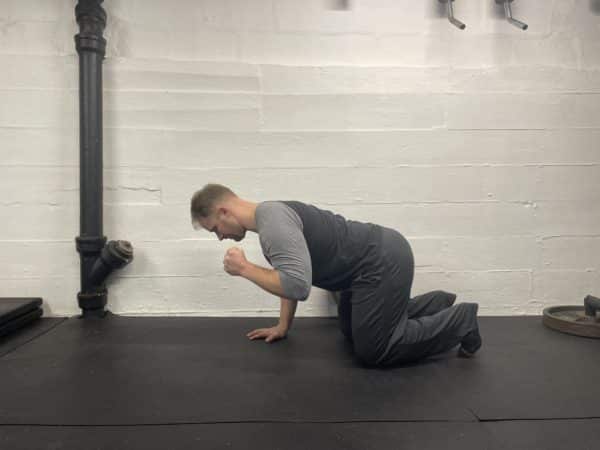
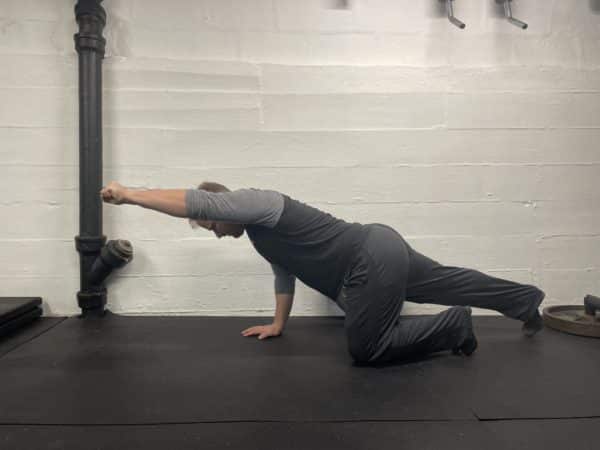
SIDE PLANKS
Most of our core training protocols have to do with anterior and posterior but we commonly neglect lateral flexion. Actually, let me rephrase that, we neglect and anti-lateral flexion. If we want to properly protect the spine and maintain strength throughout the entirety of our core and hip complex, we must be able to protect our torso from a 360-degree perspective. Side planks are one of the best ways to teach the body a rigid vertical position while adding some additional ground contact input into the shoulder complex.
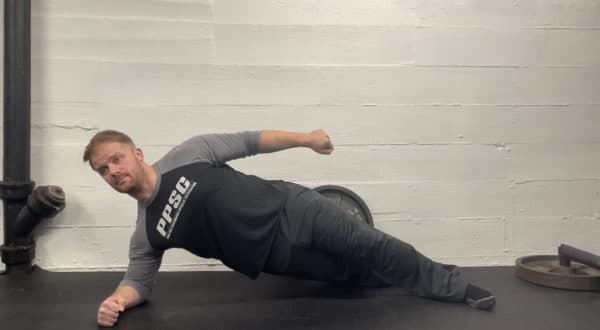
AVOID HIGHLY VULNERABLE IDEAS (AVOID DUMB STUFF)
I hope this is a capability you practice on a day-to-day basis when it comes to your own training sessions and mainly training sessions with your clients. Avoid doing dumb stuff.
I get it, my ego starts to test my brain every once in a while nudging me towards the thought of, “c’mon, just try it”. It’s a tempting game but if you start walking down that path it could be a very detrimental one. With every exercise routine you decide to engage yourself in there should be a balance of risk versus reward. This should be the first rule of thumb when it comes to training but unfortunately most trainers don’t learn until well down the path.
We tend to get stuck in a routine of doing things even though we know its not the best idea to do that. We are willing to sit around all day and wonder why our back bothers us when we do activity! Activity allows the body to adapt to activity when sedentary tendencies will develop sedentary tendencies.
TAKEAWAYS
The back is a highly aggravated spot and for some reason we neglect to look at the obvious reasons why we may be self inflicting pain on ourselves on a regular basis. By not moving, not taking care of ourselves, and not checking the fundamental boxes for longevity – we create a decent amount of our environment. While some situations are unavoidable by nature – these 5 immediate fixes are ALL self inflicted wounds we can avoid and reverse.

